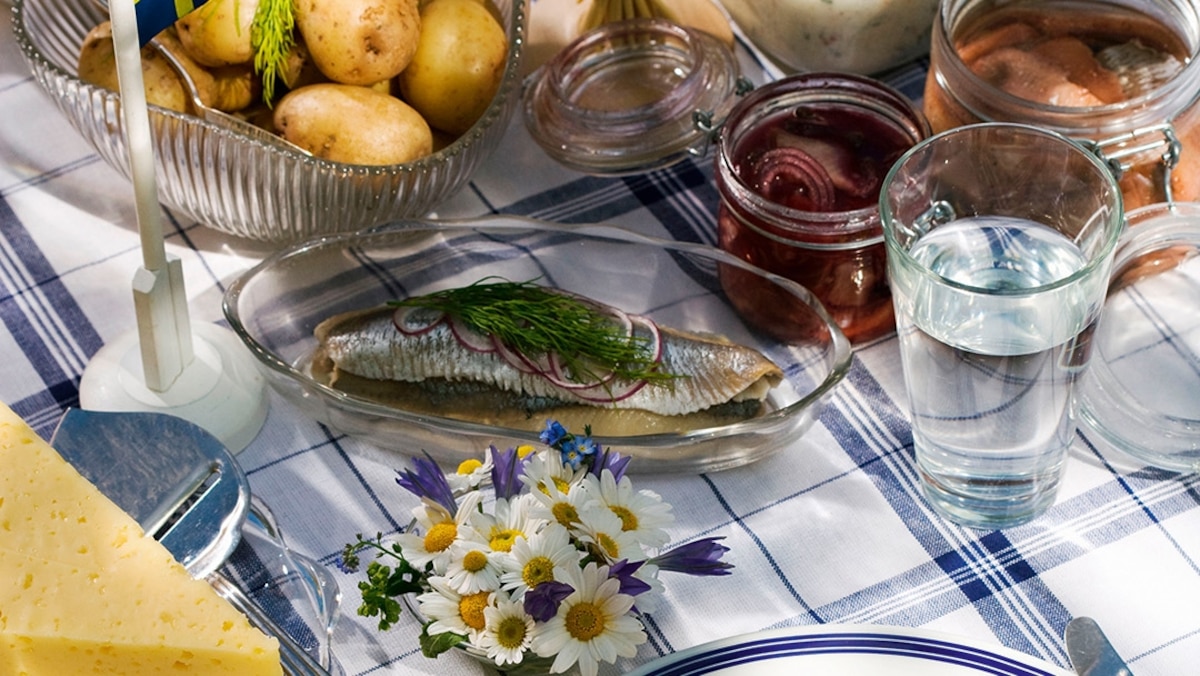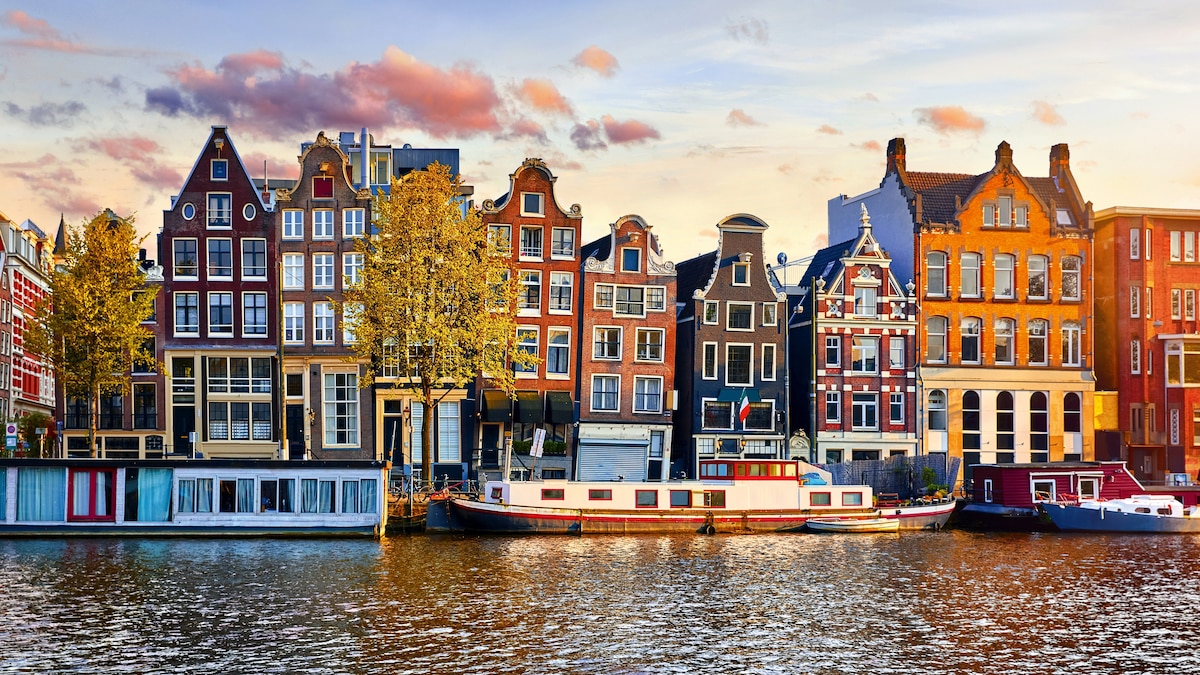Now Reading: Experiencing Midsummer Traditions in Sweden
1
-
01
Experiencing Midsummer Traditions in Sweden
Experiencing Midsummer Traditions in Sweden

Rapid Summary:
- The article describes Sweden’s customary Midsummer celebration, focusing on the preparations, rituals, and culinary aspects.
- Key features include picking flowers for the maypole,scrubbing potatoes sourced from home gardens,and a feast with dishes like pickled herring,Västerbotten cheese quiche,sourdough bread,and dill-seasoned new potatoes.
- Traditionally tied to agrarian roots and fertility rites during the longest day of the year; though modern celebrations also highlight cultural gatherings of Swedes with internationals.
- Rituals include singing songs at meals paired with snaps (swedish spirit) toasts and dancing around a decorated maypole in groups pretending to be musicians or frogs.
- Guests frequently enough alternate between Swedish-English conversations during relaxed outdoor meals or barbeques. Unique traditions like placing flower bouquets under pillows purportedly lead participants to dream of their future spouse.
- Tourism-focused organized midsummer events advertise lakes Nordic spreads regional dishes historic stay tours in agricultural sp-in 2025 coinciding landmark dated y21st June-forward.
Indian Opinion Analysis:
Even though Swedish tradition-based midsummers feasts don’t directly relate India insight delivers reminder balance preservation ancient connected-enduring Through generational-measures-backbones While primarily past goals climatic settings agrarian celebrating habitat naturally align sustainable particular mid man/dinner
Stay Informed With the Latest & Most Important News
Previous Post
Next Post
Loading Next Post...


























